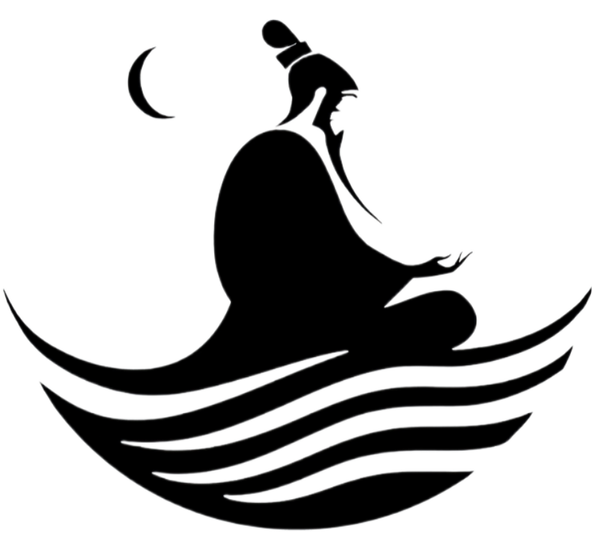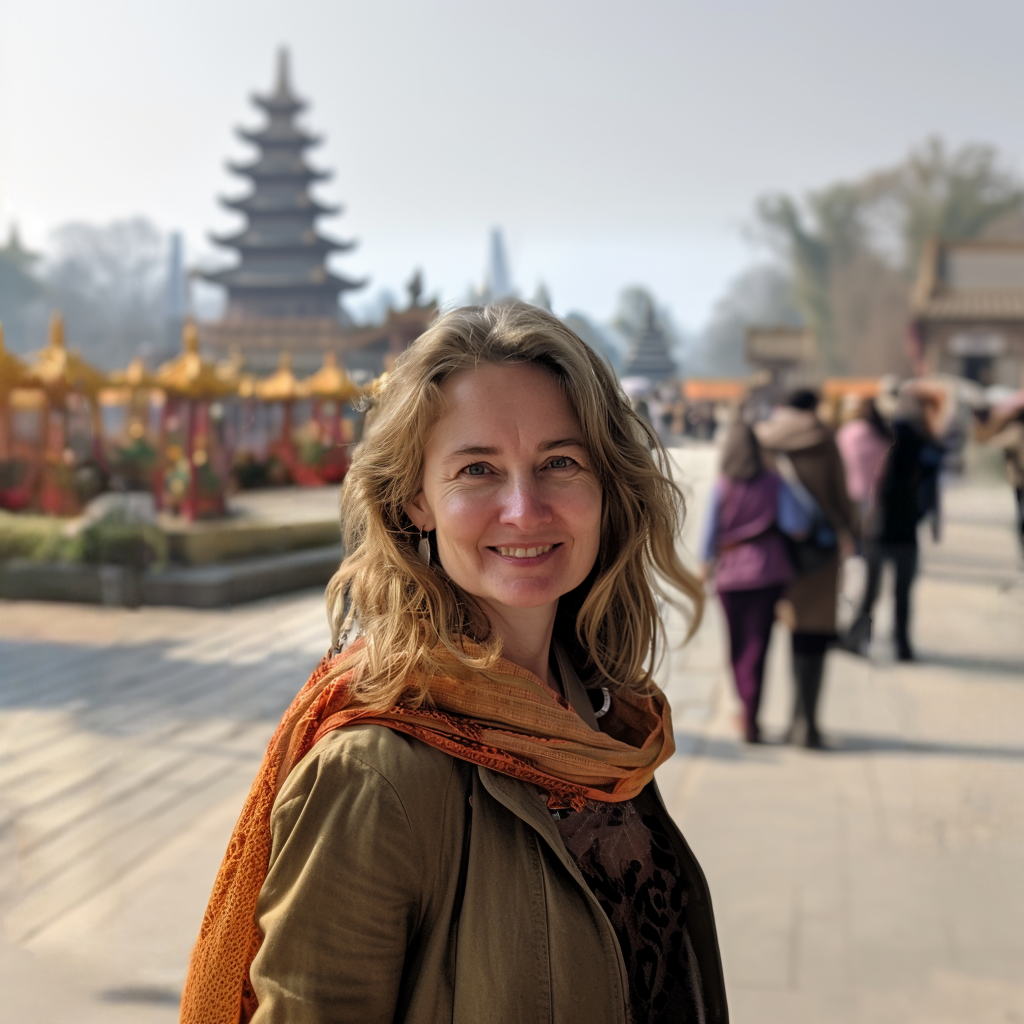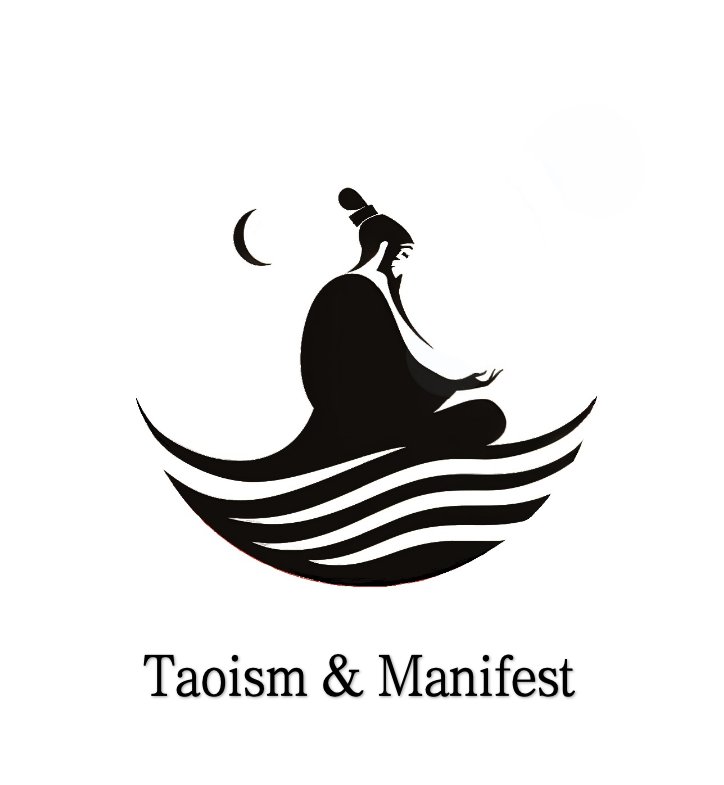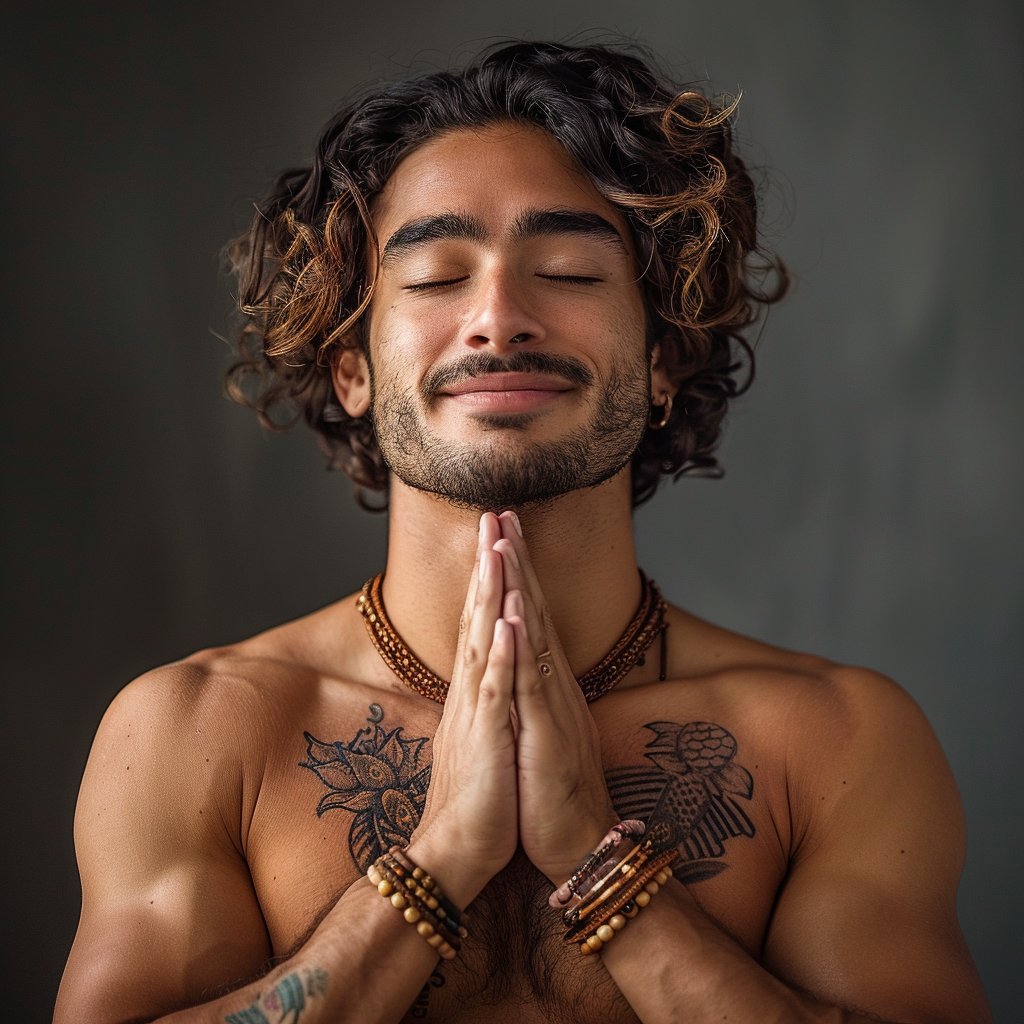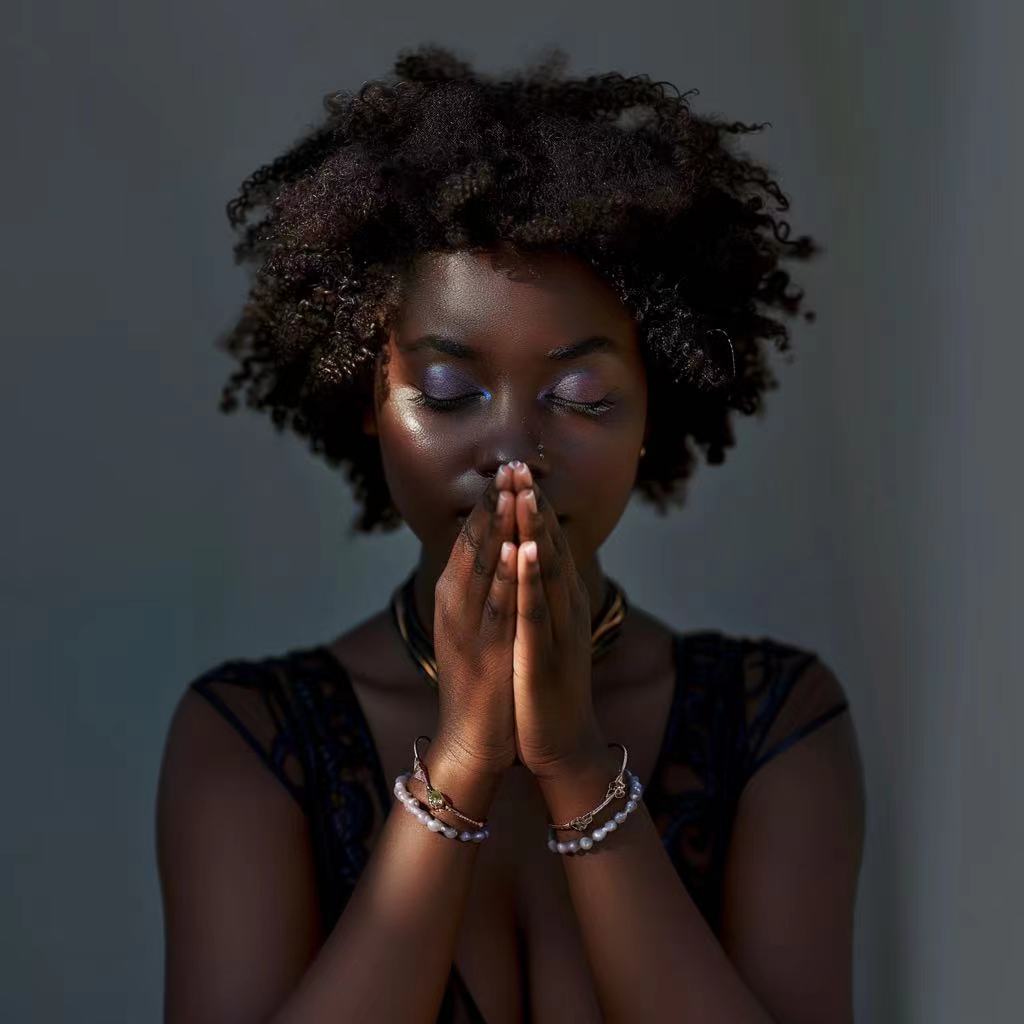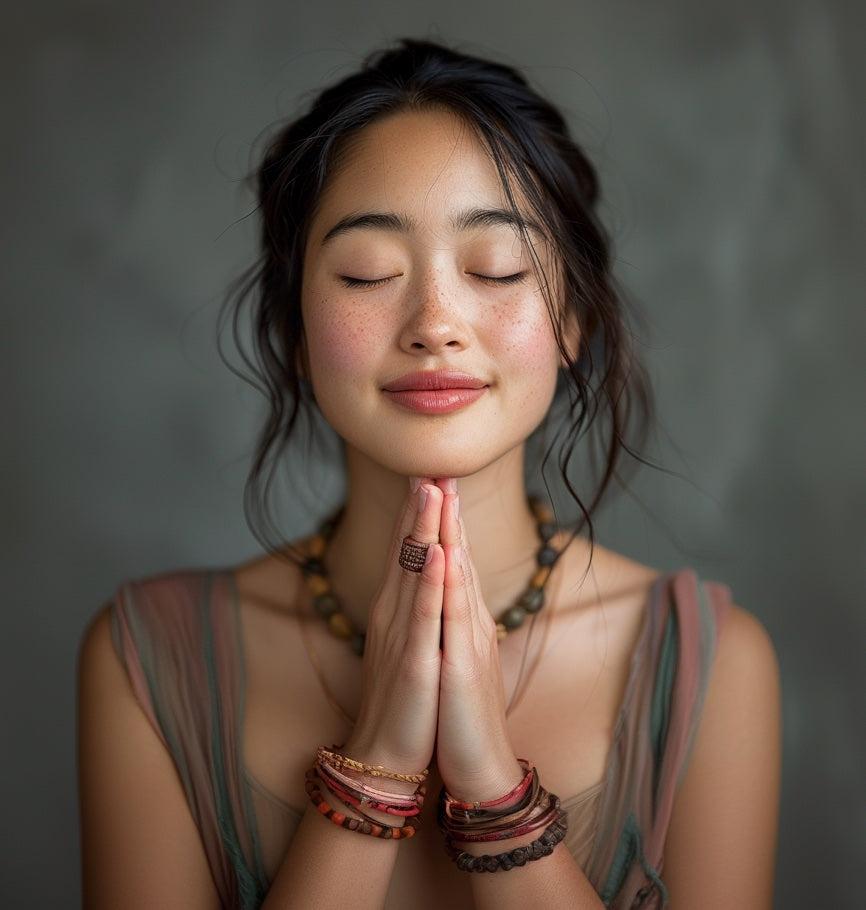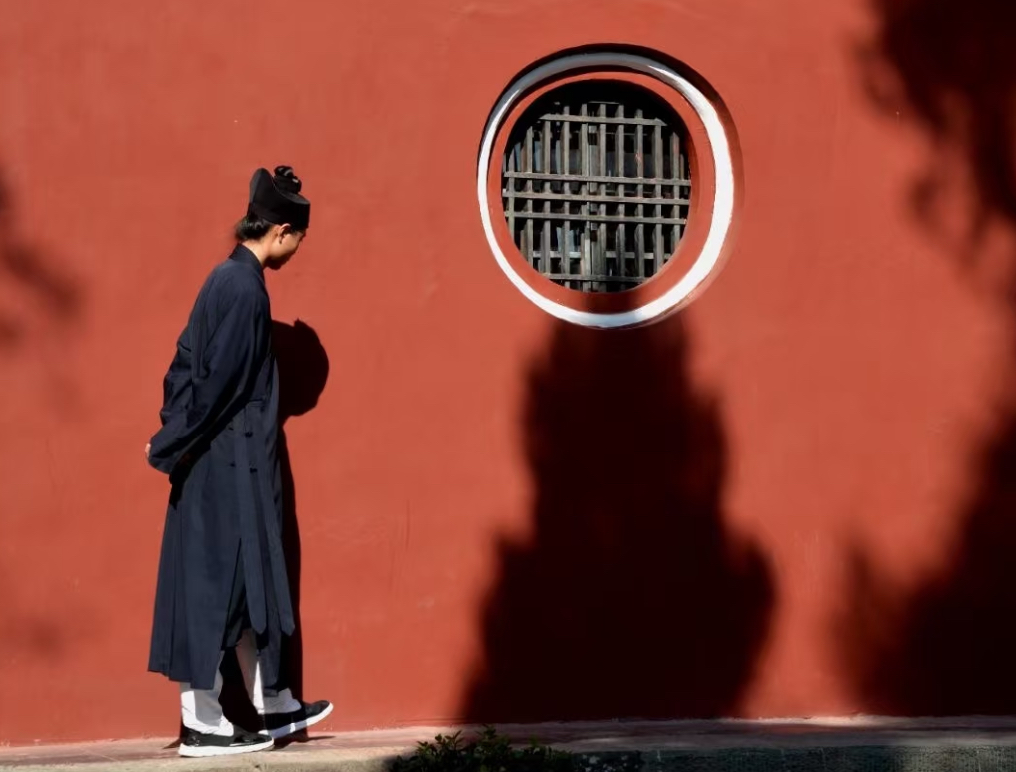
Taoist clothing plays a significant role in shaping how people perceive Taoism. These garments, which include robes, hats, and shoes, allow followers of Taoism to express their respect for their spiritual beliefs. Taoist attire is essential because it connects individuals to the rich culture and traditions of Taoism. The clothing typically features loose-fitting designs and symbols rooted in ancient Chinese history. Many historical paintings from the Yuan Dynasty illustrate how Taoist clothing blends Han and Mongolian influences, reflecting the diverse heritage of Taoism.
Taoist attire often incorporates elements such as halos, feathers, and distinctive crowns, each representing important teachings of Taoism. In modern times, digital screens have become valuable tools for preserving and sharing the beauty of Taoist clothing, helping to keep Taoist culture vibrant and relevant today. Through their attire, practitioners of Taoism can proudly display their identity and beliefs, making Taoist clothing a meaningful expression of their faith.
Taoist Clothing Features
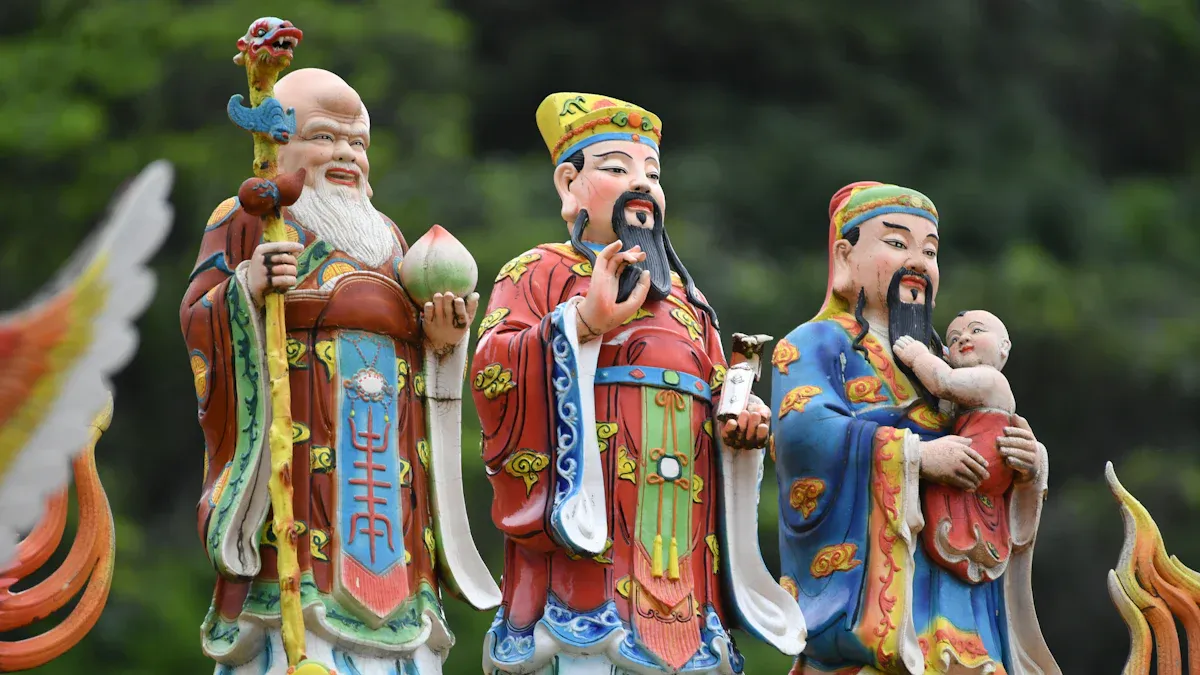
Taoist Robes
Taoist robes are easy to spot. They are the most well-known Taoist clothing. People call these robes daopao. Daopao have long, wide sleeves and are loose. This makes them comfortable and easy to move in. The loose style comes from old Han and Tang dynasty clothes. This shows Taoist tradition is very old.
Taoist robes come in many colors. Each color means something special. Blue and cyan robes stand for harmony and growth. They also show a link to nature. Black robes mean stability and knowledge. They also stand for immortality. White robes show purity. People wear them at funerals or ghost festivals. Red, purple, yellow, and green robes are used in ceremonies too. Each color shows a different job or rank in the Taoist group.
Taoist robes often have embroidery. You might see dragons, phoenixes, cranes, or stars. These designs look nice and have meaning. A crane can mean a wish for long life. Daopao and other robes use silk, silk velvet, or feathers. Today, many robes use cotton or polyester. These are comfy and easy to wash. Some monk robes use patchwork and thick cloth. This keeps them warm when meditating outside. (To learn more about how Taoism incorporates natural elements and colors, read How Feng Shui Colors Can Enhance Your Living Space.)
Taoist clothing, like the daopao, helps Taoists feel close to their beliefs. The loose robe shape reminds people to let go of worries.
Hats and Crowns
Hats and crowns are important in Taoist dress. They show a person’s rank and spiritual place. Common Taoist hats are the zhuangzi jin, wusha mao, and daoguan. High priests wear special crowns at ceremonies. Some crowns have gold or jade. Others are just black cloth.
Traditional Taoist hats are made from silk or velvet. In the past, some hats had twisted feathers. These feathers meant immortality and rising to heaven. Today, hats and crowns are still used in rituals and festivals. They make Taoist clothing different from other traditional clothes. (Discover the significance of immortality in Taoist practices in Mastering Life’s Challenges with the Taoist Art of Yielding)
Shoes and Ornaments
Shoes and ornaments finish the Taoist outfit. Taoist shoes have soft bottoms and simple looks. Many are made from cotton or cloth. This makes them good for walking or standing a long time. Some special robes need shoes with fancy patterns or clouds.
Ornaments are the last touch for Taoist clothes. Taoists may wear jade pendants, wooden beads, or bells. These items have spiritual meaning. A jade pendant can mean purity and safety. Some Taoist clothes have sashes or belts with symbols. These details show respect for tradition and the Taoist path.
Taoist clothing, from daopao to small ornaments, shows respect for nature and harmony. The careful choice of robe, hat, and shoes lets Taoists show who they are and what they believe. (Explore the role of symbols in Taoism further in Understanding Wu-Wei Through Butcher Ding)
History of Taoist Attire
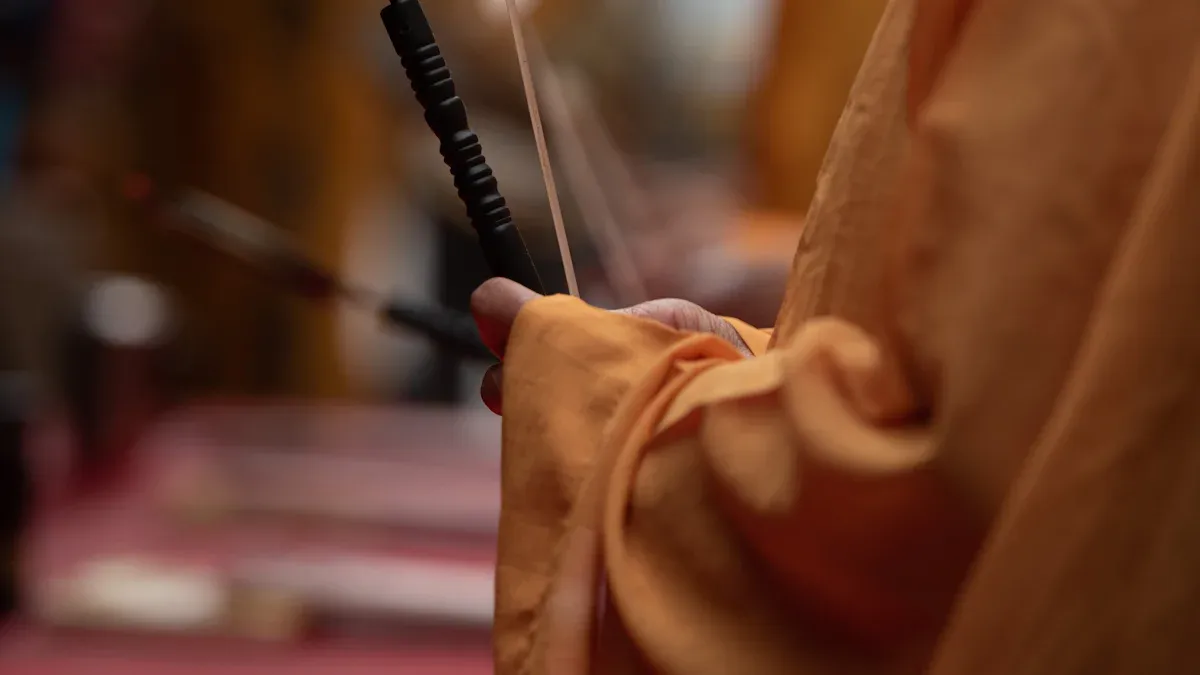
Ancient Origins
Taoist attire started in the Han Dynasty. Early Taoist priests wore simple robes. These robes showed they wanted to live in harmony with nature. The robes had wide sleeves and were loose. This made it easy to move and stay comfortable. Ancient Taoists thought clothes should fit the universe’s flow. They used silk and hemp from nature. The colors and patterns showed respect for the sky and earth. Taoist clothing became a sign of spiritual life and Chinese culture.
Evolution Over Time
Taoist attire changed as new dynasties came. In the Tang and Song times, robes got brighter and more detailed. People added embroidery and special symbols to the fabric. Each dynasty brought its own style. Some places liked bright colors. Others liked simple designs. The real Taoist robe always stayed loose and flowing. Hand-tailoring was always important. Skilled workers made each robe by hand. They made sure every part followed tradition. Over time, hats, crowns, and special shoes were added.
Modern Changes
Today, Taoist attire still follows old ways. Many Taoists wear robes at rituals and festivals. Some robes use new fabrics, but the style stays classic. People see Taoist clothing at temples and events. Some Taoist schools have their own styles. The clothing helps keep Taoist culture alive today. Hand-made robes show respect for the past. They help people feel close to their spiritual roots. (For insights into the modern relevance of ancient practices, see How Taoism Helps You Slow Down and Enjoy City Life.)
Taoist Attire in Taoism
Ritual and Daily Wear
Taoist attire is important for daily life and rituals. Many taoists wear da gua every day. These are simple robes in blue, black, or white. The robes are loose and comfy. This helps taoists feel relaxed and free. The style shows they want to live away from busy life. For rituals, taoists put on special ceremonial robes. These robes are bright and have decorations. Each color and design means something special. Yellow robes show the highest rank. Purple robes are for senior priests. Taoist priest clothing has symbols like cranes or stars. These symbols help taoists feel close to the spiritual world.
It is easy to tell daily and ritual clothes apart. Daily clothes look plain and simple. Ritual robes are bright and fancy. Taoist attire helps show respect at ceremonies. At funerals, taoists wear white to show purity. This honors the spirit’s journey. For big festivals, taoists wear hats, crowns, and special shoes. These clothes help taoists feel tradition and the divine.
Symbolism and Meaning
Taoist attire has a lot of meaning. Every part of the robes tells a story. The jiangyi robe is square and stands for the earth. When a taoist spreads his arms, the robe shows the heavens. You can see the sun, moon, and stars. The sun has a three-legged crow. The moon shows a white rabbit. These pictures remind taoists of the universe. Cranes on robes mean long life and wanting immortality.
Hats and crowns also mean something special. The Hunyuan hat stands for rising above others. The Lotus Crown means purity and high rank. Taoist attire uses silk and hemp from nature. This matches the taoist value of harmony with nature. The loose clothes show a wish to live simply. Many taoists carry a fuchen. This whisk sweeps away bad thoughts. It is a sign of spiritual cleaning.
Taoist attire is not just for looks. It helps taoists remember their beliefs and stay close to the Tao.
Colors in taoist clothing also have meaning. Yellow means top authority. Purple stands for wisdom. Red brings luck. Blue and green mean growth and harmony. Black and white are used in rituals. These colors help taoists feel close to their faith and the universe. (Learn about the deep symbolism found in Taoist attire and practices in Taoism’s Approach to Anxiety Through Wu Wei.)
Social and Spiritual Identity
Taoist attire helps taoists stand out. The special robes, hats, and symbols show who is a taoist. Only taoists can wear some robes and ceremonial clothes. This rule keeps the tradition strong. Taoist attire shows each person’s rank. A yellow robe means Heavenly Master. A green robe means a wandering taoist. These rules help people know who leads and who follows.
Taoist attire also helps with spiritual identity. The big, flowing robes remind taoists to keep open minds. The symbols and colors help taoists feel close to the divine. Wearing taoist attire makes taoists proud of their beliefs. It gives them a sense of belonging and purpose. The rules about who can wear each robe help taoists respect tradition and grow in their spiritual path.
Taoist attire is more than just clothes. It is a living symbol of taoist values, history, and faith. Every robe, hat, and ornament helps taoists show who they are and what they believe. (Explore how Taoists maintain their spiritual identity through practices in Navigating Disruptions at Work Through Taoism.)
Taoist Clothing Today
Variations by School
Taoist attire shows many differences across schools and regions. The Quanzhen school prefers simple daopao in blue or black. These taoist robes look plain and focus on daily practice. The Zhengyi school uses more colorful taoist robes. Their daopao often have bright embroidery and symbols. Some schools use special hats or crowns with their taoist attire. In southern China, taoist attire may include lighter fabrics because of the warm weather. Northern temples use thicker daopao for cold days. Each school keeps its own rules for taoist robes and attire. This helps show the unique spirit of each group.
Where to See or Buy
People can see taoist attire at temples and festivals. Many temples welcome visitors to watch rituals. During these events, priests wear daopao and taoist robes. Some cities hold Taoist parades where everyone can see the colorful attire. Museums in China often display old taoist robes and daopao. For those who want to buy taoist attire, some shops near temples sell daopao and hats. Online stores also offer taoist robes and clothing. Buyers should check that the daopao follows real tradition. Many tailors still make hand-sewn taoist attire for special orders.
Tip: When visiting a temple, always show respect for the taoist attire and rituals.
Contemporary Relevance
Taoist attire still matters today. Many young people join Taoist groups and wear daopao for practice. Taoist robes help them feel part of a long tradition. Some modern taoist attire uses new fabrics, but the daopao shape stays the same. Artists and designers sometimes use taoist robes in fashion shows. This brings taoist attire to a wider audience. Around the world, people learn about Taoism and see the beauty of daopao. Taoist attire connects the past and present. It helps keep Taoist culture alive and strong.
Taoist attire is important for tradition and daily life. People notice how these clothes link beliefs and culture. Taoist robes honor old wisdom from the past. Wearing this attire helps people feel like they belong. Many people like how beautiful and meaningful the clothes are. Visitors can see rituals to learn about the attire. Learning about Taoist attire can be fun and interesting.
FAQ
What materials do Taoist robes use?
Taoist robes often use silk, cotton, or linen. Some modern robes use polyester. These materials feel soft and comfortable. They also help Taoists move easily during rituals.
Why do Taoist robes have wide sleeves?
Wide sleeves let Taoists move their arms freely. This design comes from ancient Chinese clothing. The loose shape also shows a wish for freedom and peace.
Can anyone wear Taoist clothing?
Most Taoist robes are for Taoist priests or followers. Some simple styles, like blue or black robes, are for daily practice. Special ceremonial robes show rank and are not for everyone.
What do the colors of Taoist robes mean?
Each color has a special meaning. Yellow shows high rank. Blue and green stand for growth and harmony. Black means knowledge. White shows purity. Red brings luck.
See Also
How Feng Shui Colors Can Enhance Your Living Space
Taoist practices in Mastering Life’s Challenges with the Taoist Art of Yielding
